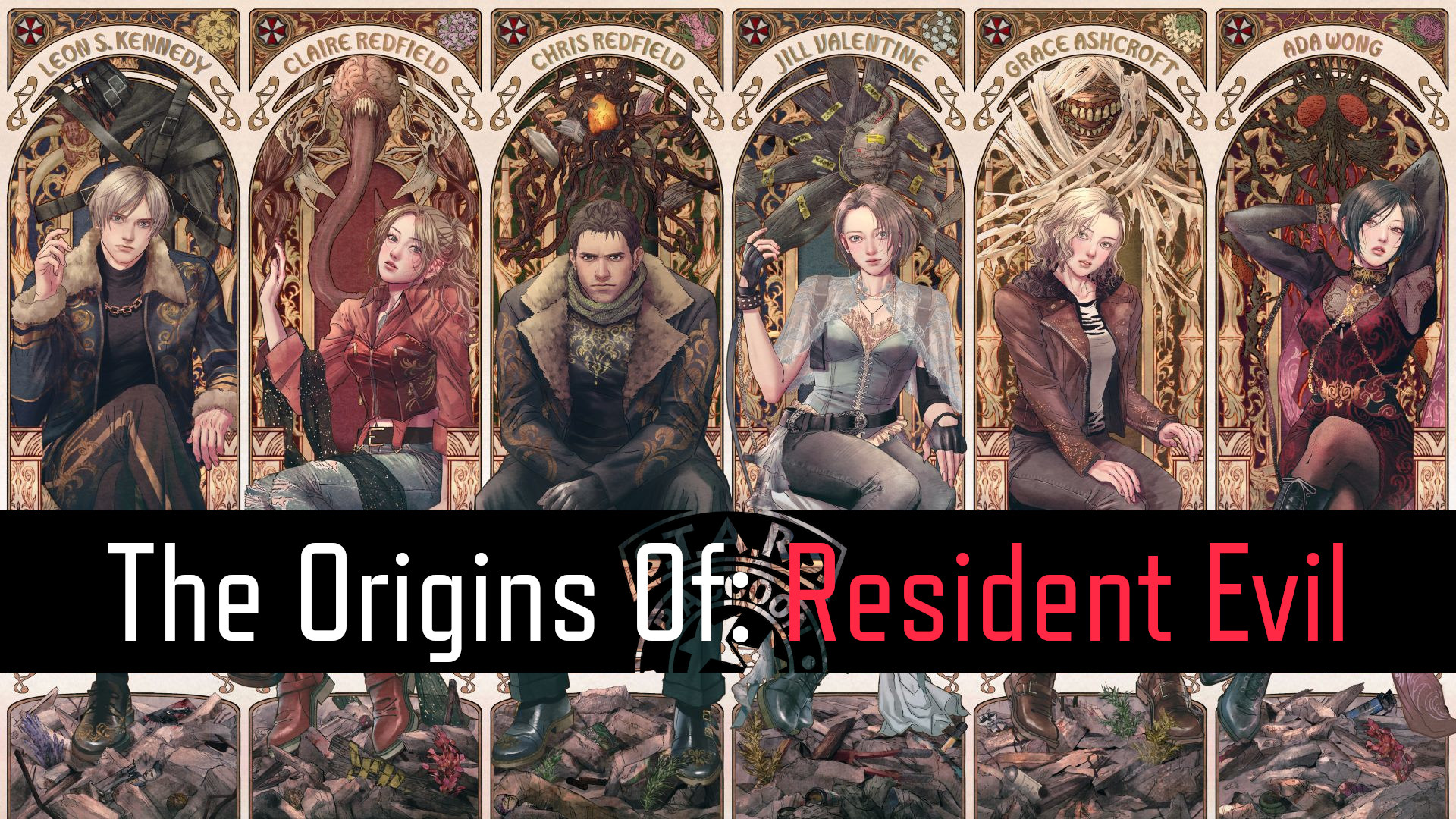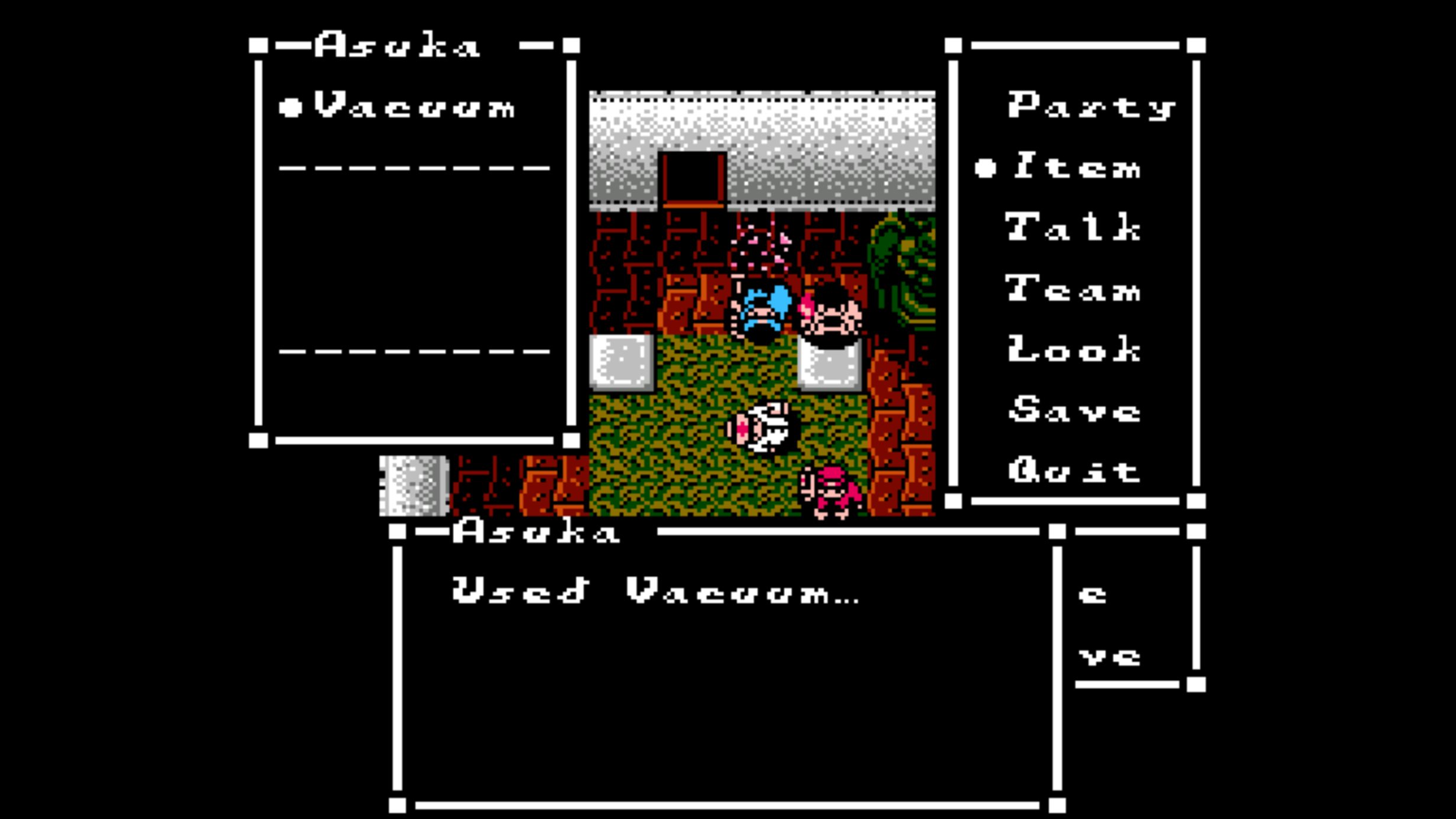The Origins Of: Resident Evil
October 31, 2025

Nowadays, Resident Evil is a pillar franchise for Capcom, and that’s partially the case because, starting from the very first game, the series has always had a strong vision behind it. Resident Evil for the PlayStation was an ambitious title. From the beginning, Capcom had been determined to push the boundaries of video games as an artistic medium. The horror genre, as we know it today, has taken shape, because games like Resident Evil were able to show off just how strong of an impression they could leave.
Home, Sweet Home — Heavy Inspirations
It’s impossible to talk about Resident Evil’s origins without mentioning Sweet Home, a Japan-exclusive horror RPG developed and released by Capcom in 1989 on the NES. In some ways, Sweet Home could be considered the first survival horror game. It not only proved that video games could properly adapt a horror narrative, but it laid the foundation for many common elements seen in today’s survival horror games.
Inventory management, key field items, a focus on puzzles, a general sense of vulnerability and dread — all these things could be found in Sweet Home. Some of these design decisions may have come purely out of hardware limitations, but, even back in 1989, people could tell that it made for an effective game formula.
Now, how does this all connect to Resident Evil? Well, the director behind Sweet Home, Tokuro Fujiwara, eventually wanted to expand on his ideas from the old NES title. By 1993, however, Fujiwara had moved into more of a producer role. So, Fujiwara settled on Shinji Mikami to lead the development of the new game. As a spiritual successor to Sweet Home, Fujiwara wanted Mikami to not just borrow his old ideas, but to actually innovate and do more than he ever could on the NES.

Resident Evil, The Horror Game That the Industry Needed
It might be surprising to learn that Resident Evil, at one point, was expected to release on the SNES. In the early stages of production, the SNES was absolutely seen as the most viable console choice. The graphical limitations would not have mattered for Resident Evil, as it would have simply taken a completely different artistic approach. The PlayStation’s release in 1994 presented a golden opportunity, however. The console’s greater power was enticing to Mikami and his team, and so development shifted to a PlayStation version.
From the moment that the team moved to the PlayStation, Mikami knew that he wanted the game to be fully in 3D with a first-person perspective — something similar to DOOM. Unfortunately for Mikami, his goals were too ambitious, even for the more powerful PlayStation. Switching to pre-rendered backdrops suited the console better. The game Alone in the Dark was pivotal in this shift, as it showcased the potential in a fixed-view camera system. Resident Evil’s zombie horror may have also been inspired by Alone in the Dark, but George A. Romero’s horror films have also been touted as a source of inspiration there.
Perhaps the most interesting feature that the full release missed out on was co-op gameplay. Technically, it just wasn’t feasible. What was feasible was the implementation of many design elements from Sweet Home. If anything, they were most integral to the identity of Resident Evil, more so than even the visuals.
The intricate puzzle and progression design? Those are now synonymous with early Resident Evil, beloved by many. The inventory management? A necessary evil that challenges players in their approach to survival. The abundance of files that add a bunch of context to the story? Capcom has only taken that to greater heights in the games since. Even the door loading screens are borrowed from Sweet Home.
It’s easy to take some of the design decisions in Resident Evil for granted, but we likely wouldn’t have them without the precedents set beforehand. The original Resident Evil has always been seen as an innovative title, but perhaps it’s better to call it a refinement. It’s the perfect culmination of ideas that simply needed the limelight to prove their value. Resident Evil took a bold step forward. That bold step has changed the industry forever. Not many games can say that.
